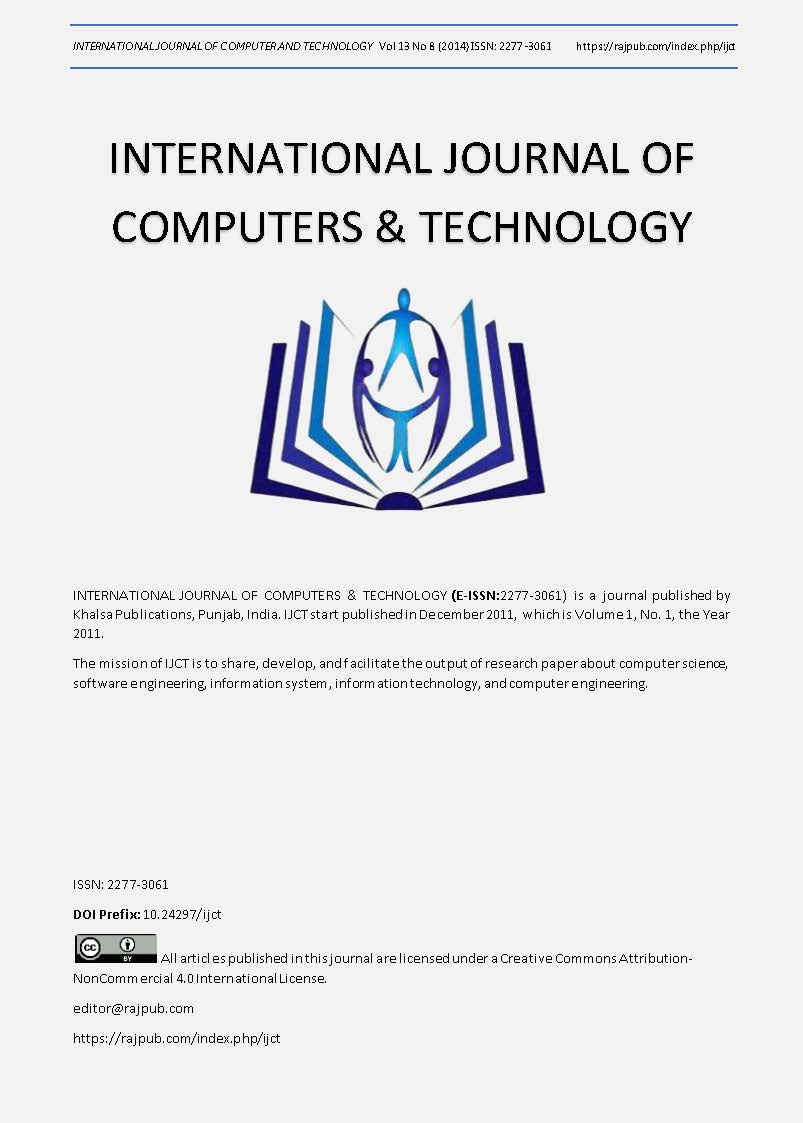Semi-Automated Ontology building through Natural Language Processing
DOI:
https://doi.org/10.24297/ijct.v13i8.7072Keywords:
Ontology, Parsing, Knowledge representation, Ontology buildingAbstract
Ontology is a backbone of semantic web which is used for domain knowledge representation. Ontology provides the platform for effective extraction of information. Usually, ontology is developed manually, but the manual ontology construction requires lots of efforts by domain experts. It is also time consuming and costly. Thus, an approach to build ontology in semi-automated manner has been proposed. The proposed approach extracts concept automatically from open directory Dmoz. The Stanford Parser is explored to parse natural language syntax and extract the parts of speech which are used to form the relationship among the concepts. The experimental result shows a fair degree of accuracy which may be improved in future with more sophisticated approach.
Downloads
References
[2] Gruber, T. R. 1993. A Translation Approach to Portable Ontology Specifications. Knowledge Acquisition 5, 199–220.
[3] Jia, M., Yang, B., Zheng, D., Sun, W., Liu, L., and Yang, J. 2009. Automatic Ontology Construction Approaches and Its Application on Military Intelligence. In: Asia-Pacific Conference on Information Processing, pp. 348 – 351.
[4] Kong, H., Hwang, M. and Kim., P. 2006. Design of the automatic ontology building system about the specific domain knowledge. In: 8th International Conference on Advanced Communication Technology.
[5] Mizoguchi R., Vanwelkenhuysen, J. and Iked, M. 1995. Task ontology for reuse of problem solving knowledge. In: Towards Very Large Knowledge Bases: Knowledge Building & Knowledge Sharing.
[6] Omelayenko, B. 2001. Learning of Ontologies for the web: the analysis of existent Approaches. In: The international Workshop on web Dynamics held in conjunction with the 8th International Conference on Database theory.
[7] Porter, M. 1980. An algorithm for suffix stripping. Program, 14, pp. 130-137.
[8] Wang, J., Wang, C., Liu, J. and Wu., C. 2006. Information Extraction for learning of Ontology Instances. In: IEEE International Conference on Industrial Informatics.
[9] Yuhuang, W. and Yusheng, L. 2009. Design and Realization for Ontology Learning Model Based on Web. In: IEEE International Conference on Information Technology and Computer Science.
[10] Yang, Q., Cai, K., Sun, J. and Li, Y. 2010. Design Analysis and Implementation for Ontology Learning Model. In: 2nd International Conference on Computer Engineering and Technology.
[11] Zhou, W., Liu, Z., Zhao, Y., Xu, L., Chen, G., Qiang, W., Huang, M. and Qiang, Y. 2006. A Semi-automatic Ontology Learning Based on Word Net and Event-based Natural Language Processing. In: International Conference on Information and Automation.









